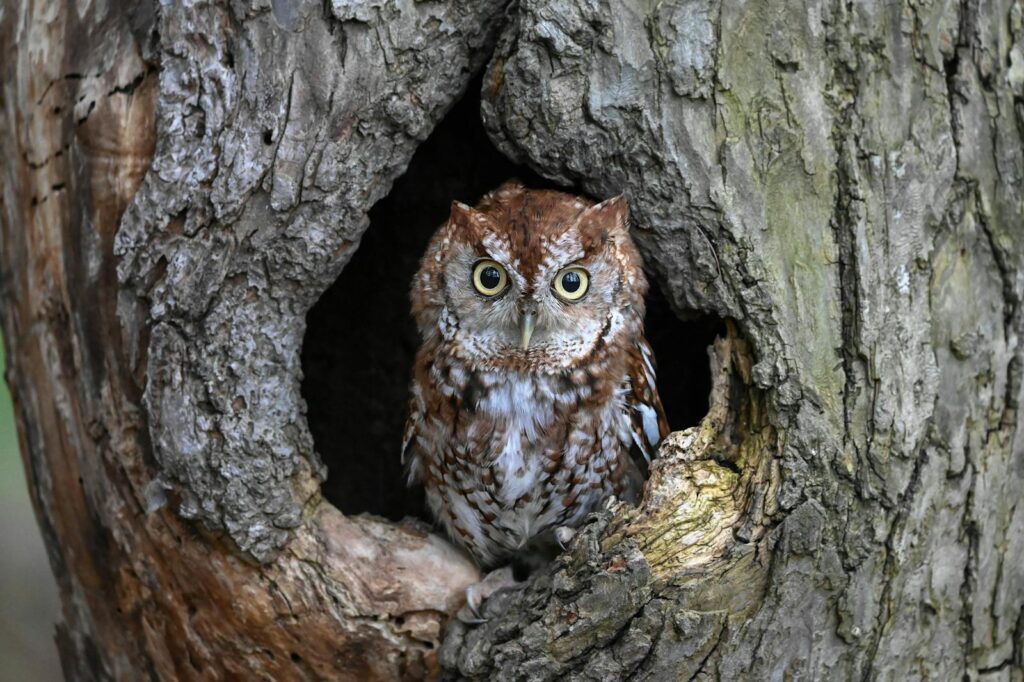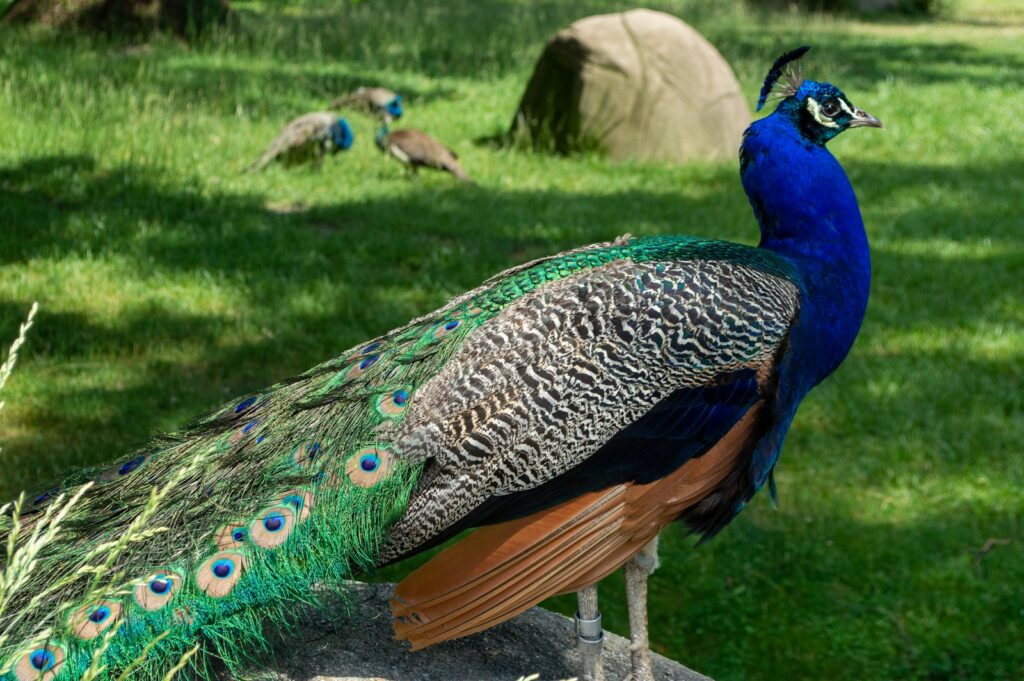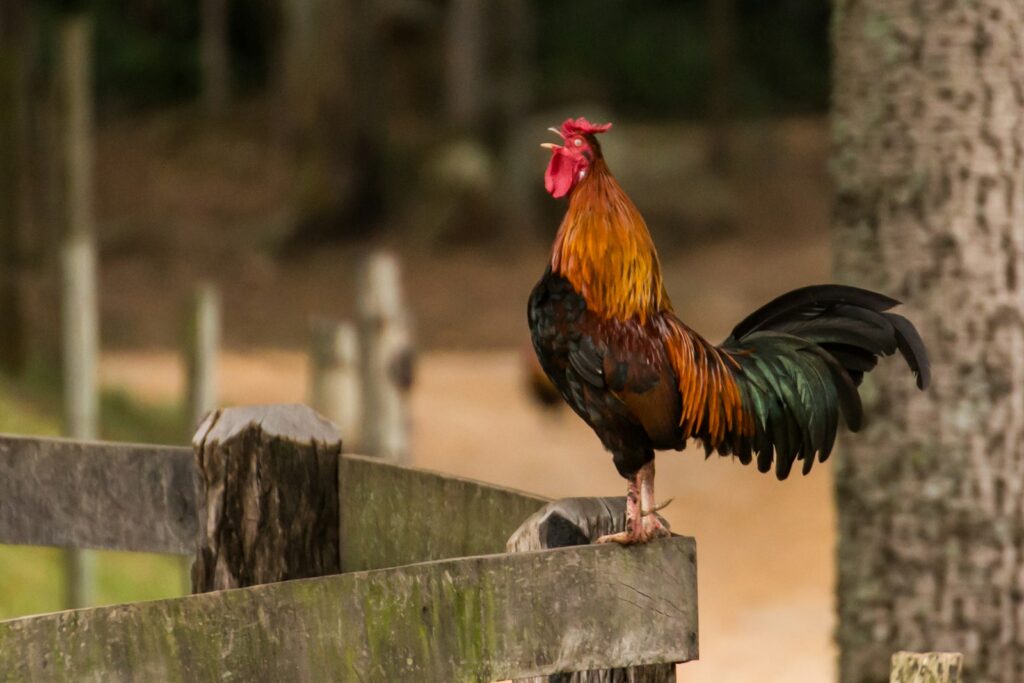Birds have captivated human imagination since time immemorial, soaring through our cultural consciousness as powerfully as they navigate the skies. Across continents and civilizations, these feathered creatures have become entangled in our superstitions, omens, and folklore. From harbingers of death to messengers of good fortune, birds occupy a unique position in the human psyche as creatures that move between earth and sky, seemingly connecting our world with realms beyond. While modern science offers rational explanations for avian behavior, these age-old beliefs continue to influence how many people perceive and interact with birds today. Let’s explore ten fascinating bird superstitions from around the world that have shaped human attitudes toward our feathered neighbors for generations.
The Deathly Owl’s Call

In many cultures, particularly across parts of Europe and the Americas, the hoot of an owl near one’s home is considered an ominous sign that death may soon visit. This superstition dates back to ancient Rome, where the Roman naturalist Pliny the Elder noted that the screech owl’s call was “deadly” and always “to be dreaded.” The nocturnal nature of owls, combined with their silent flight and eerie calls, contributed to their association with the supernatural and the afterlife. In Mexico, owls are known as “mensajeros de la muerte” or messengers of death, while some Native American tribes viewed them as spirits of the deceased or psychopomps guiding souls to the next world. Even today, in rural parts of various countries, people may still feel a chill when they hear an owl calling near their home at night.
Ravens and Crows as Harbingers of Doom

The large black corvids—ravens and crows—feature prominently in superstitions across numerous cultures, often as harbingers of misfortune or doom. In Western traditions, these intelligent birds became associated with battlefields and death, as they would often feed on the remains of the fallen. The superstition gained particular strength in medieval Europe, where a crow landing on one’s house was thought to foretell the death of someone inside. In Norse mythology, ravens served as Odin’s messengers, bringing news from across the world, further cementing their connection to otherworldly knowledge. The collective term for crows—a “murder”—reflects these long-standing negative associations, though interestingly, some Native American tribes viewed crows more positively as clever tricksters or creators. The superstition persists so strongly that even today, many people feel uneasy when multiple crows gather nearby.
The Auspicious Magpie Count

A particularly detailed superstition from the British Isles involves counting magpies, with each number of birds spotted carrying a different prediction for one’s future. The traditional rhyme goes: “One for sorrow, two for joy, three for a girl, four for a boy, five for silver, six for gold, seven for a secret never to be told.” Upon seeing a single magpie, which portends sorrow, people would traditionally either salute the bird or say “Good morning, Mr. Magpie, how is your lady wife today?” in hopes of averting bad luck. This elaborate counting system reflects the magpie’s cultural significance as a bird of both beauty and mischief, with its striking black and white plumage and reputation for stealing shiny objects. In Scotland, magpies were thought to carry a drop of the devil’s blood under their tongues, yet in China, magpies symbolize good fortune and happiness—highlighting how the same bird can embody completely different meanings across cultures.
Storks and Baby Delivery

Perhaps one of the most widely recognized bird superstitions, particularly in Western cultures, is the belief that storks deliver newborn babies. This superstition originated in northern Europe, particularly in Germanic regions, where white storks would often nest on chimney tops in spring—coincidentally around the same time that winter-conceived babies would be born. Storks’ natural behaviors further reinforced this association: they are monogamous, devoted parents that return to the same nesting sites year after year. In ancient Greek mythology, storks were associated with stealing babies due to their habit of sometimes removing one egg or chick from an overcrowded nest. Over time, this transformed into the more benevolent narrative of storks delivering babies, often depicted carrying infants in bundles suspended from their beaks. This superstition has been so thoroughly embedded in popular culture that it persists as a gentle euphemism for explaining reproduction to young children, even in our scientifically informed age.
Albatross: Sailor’s Fortune and Curse

Seafaring communities developed a complex relationship with the albatross, a bird that can spend years at sea without touching land. Sailors traditionally believed that albatrosses carried the souls of dead mariners, making killing one a grave taboo that would bring terrible misfortune. This superstition was immortalized in Samuel Taylor Coleridge’s “The Rime of the Ancient Mariner,” where the protagonist shoots an albatross and is forced to wear the dead bird around his neck as punishment. Paradoxically, seeing an albatross was considered good luck for sailors, promising favorable winds and safe passage. In some traditions, the appearance of an albatross indicated that a deceased sailor’s soul had found peace at last. The modern expression “having an albatross around one’s neck,” meaning to carry a heavy burden of guilt or hindrance, derives directly from this maritime superstition and Coleridge’s poem, demonstrating the lasting cultural impact of this bird belief.
Peacocks: Evil Eyes and Good Fortune

The peacock, with its resplendent tail feathers, features prominently in superstitions across multiple cultures, often with contradictory meanings. In Western traditions, particularly those influenced by Christianity, peacock feathers were considered unlucky because of their eye-like markings, which some believed could cast an evil eye or invite unwanted spiritual surveillance. Theater professionals still consider peacock feathers extremely unlucky props or decorations on stage, claiming they cause production disasters. Conversely, in Hindu and Buddhist traditions, peacocks represent benevolence, patience, kindness, and compassion, with the peacock serving as the mount of many deities including Kartikeya and Kwan-yin. In Persia and Babylonia, the peacock was associated with Paradise and the Tree of Life, symbolizing immortality and incorruptibility. These contrasting beliefs highlight how the same bird can embody entirely different symbolic meanings depending on cultural context and religious frameworks.
Robins as Messengers from Beyond

In many parts of Europe and North America, robins are believed to be messengers from deceased loved ones, visiting from the afterlife. The appearance of a robin, especially at significant moments or shortly after someone’s death, is often interpreted as the spirit of the departed making contact or offering reassurance. This belief may stem from the robin’s red breast, symbolizing the fire of life continuing even after death, as well as their tendency to appear suddenly and approach humans with apparent fearlessness. In Christian symbolism, the robin gained its red breast by attempting to remove thorns from Christ’s crown during the crucifixion, gaining sacred status. The bird’s association with winter and Christmas in European traditions further connects it to themes of rebirth and spiritual significance. For many people who have lost loved ones, the sight of a robin provides genuine comfort and a sense of continued connection with those who have passed.
The Phoenix: Death and Rebirth

Though mythological rather than real, the phoenix has generated powerful superstitions across numerous cultures about death and rebirth. According to legend, this magnificent bird lives for hundreds of years before building its own funeral pyre, igniting it, and being consumed by the flames, only to rise renewed from its own ashes. Ancient Egyptians associated the phoenix (which they called the bennu) with the flooding of the Nile and the daily rebirth of the sun, making it a symbol of cyclical regeneration. In Chinese mythology, the fenghuang (Chinese phoenix) represented the union of yin and yang and appeared only during times of peace and prosperity. Early Christians adopted the phoenix as a symbol of Christ’s resurrection and eternal life, demonstrating how bird superstitions often transcend religious boundaries. Though mythical, the phoenix has inspired enduring metaphors for resilience and renewal that remain powerful in contemporary culture, literature, and spiritual thought.
Swallows and Sailors’ Tattoos

Maritime superstitions hold that swallows are birds of good omen, particularly for sailors at sea. Traditionally, seamen believed that if a swallow landed on their ship, it meant land was near, offering hope during long voyages. This connection led to the practice of sailors tattooing swallow images on their bodies—typically one swallow for every 5,000 nautical miles traveled. The birds were thought to guarantee the sailor’s safe return home, as swallows faithfully return to the same nesting site year after year. An even more profound superstition held that if a sailor drowned, swallows would carry their soul to heaven. In some European traditions, killing a swallow was considered extremely unlucky, as the birds were thought to be sacred and under divine protection. The swallow tattoo tradition continues among modern sailors and has been adopted into contemporary tattoo culture, where swallows often symbolize loyalty, freedom, and the promise of return.
The Rooster’s Warning Crow

Across numerous cultures, the rooster’s crow is believed to dispel evil spirits and ghostly presences, particularly at dawn. This superstition likely originated from the observation that supernatural activities described in folklore typically cease at first light, coinciding with the rooster’s morning call. In Iranian folklore, the rooster was created by the deity Sraosha specifically to combat demons with its cry. Christian traditions incorporated this belief, suggesting that roosters crow at midnight on Christmas Eve because evil spirits are afraid of the coming of Christ. In Chinese culture, the rooster is one of the twelve zodiac animals and is considered a powerful defense against malevolent forces, with rooster motifs often displayed in homes for protection. The association between roosters and vigilance extends to weather prediction in rural communities, where unusual crowing patterns are sometimes interpreted as warnings of approaching storms or changes in weather.
Hummingbirds as Spirit Messengers

In many Indigenous American cultures, hummingbirds are revered as sacred messengers that travel between worlds. The Navajo and Hopi peoples believe that hummingbirds help guide humans to sources of sweetness, joy, and prosperity, while also delivering messages from deceased loved ones. Their ability to hover and fly in any direction, including backward, symbolizes an ability to navigate different realms of existence. Some traditions hold that hummingbirds are healers, bringing remedies from the natural world to help cure illnesses and restore balance. The appearance of a hummingbird is often interpreted as a sign of good luck or a reminder to enjoy life’s simple pleasures and sweetness. The Maya believed hummingbirds were actually the spirits of departed warriors in disguise, explaining why these tiny birds display such remarkable courage, even confronting much larger birds that intrude on their territory.
The Cultural Persistence of Bird Superstitions

Despite our modern understanding of ornithology and biology, bird superstitions continue to influence behavior and beliefs worldwide. These persistent myths reveal much about our complex relationship with the natural world and our ongoing search for meaning in its patterns. In many cases, superstitions that began as practical observations—such as birds’ sensitivity to environmental changes leading to predictions about weather—evolved into more supernatural interpretations over centuries. The endurance of these beliefs suggests that birds occupy a special place in human psychology as creatures that move freely between earth and sky, seemingly connecting different worlds. Whether we consciously acknowledge these superstitions or not, many people pause when a black cat crosses their path or a lone magpie appears—testifying to the remarkable staying power of these ancient beliefs in our collective consciousness.
Bird superstitions represent a fascinating intersection of natural observation, cultural history, and human psychology. From the death knell of an owl’s hoot to the promising flutter of a hummingbird’s wings, these winged creatures have become powerful symbols in our shared mythologies. While science has dispelled many of the supernatural explanations for bird behavior, the emotional and cultural significance of these beliefs remains potent. Perhaps this persistence speaks to our innate desire to find meaning in the natural world—to see in the flight patterns of birds some message about our own human journey. As we continue to share our world with these remarkable creatures, their place in our folklore and superstitions offers a window not just into how we view birds, but into how we understand ourselves and our place in the cosmos.
